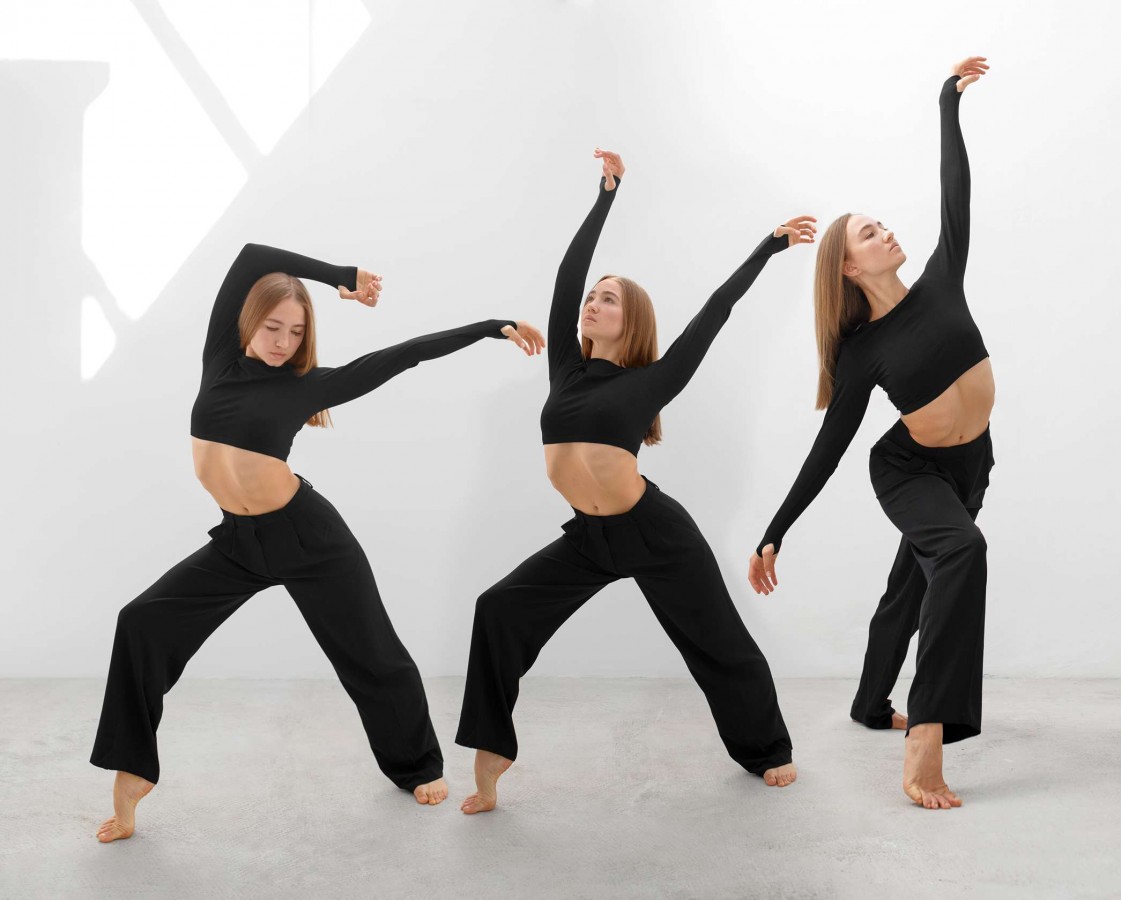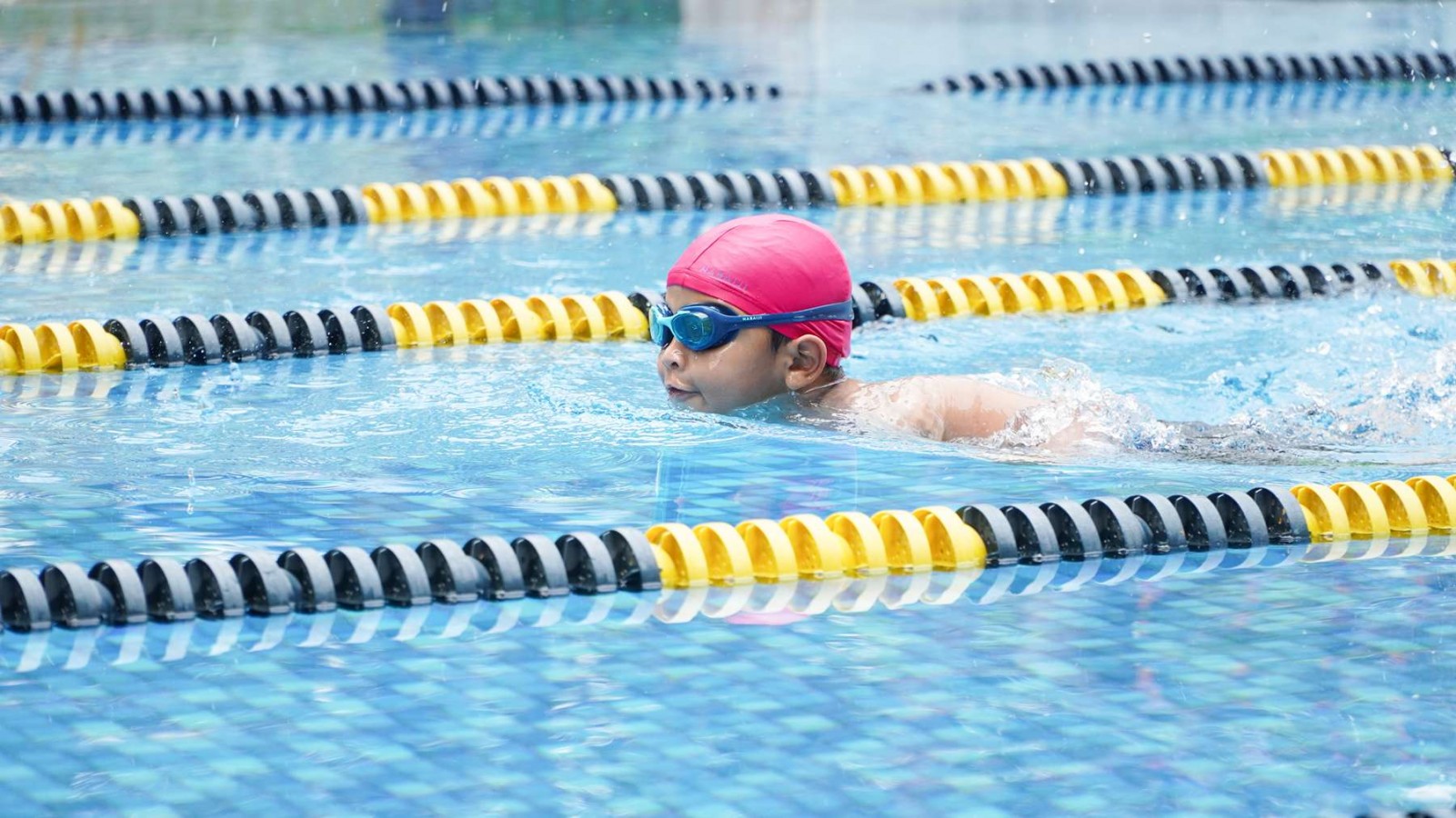Contemporary Dance: Definition, History, and More

As time progresses, the era continues to evolve, and so does the current technology. Many new innovations emerge in this world, such as dance. Dance has been present for over 10,000 years and has evolved into various forms, including modern dance, traditional dance, contemporary dance, and many more.
One of the dances that involves improvisation and movements distinct from others is contemporary dance. In this article, we will delve deeper into contemporary dance from its history to how it affects children nowadays.
What Is Contemporary Dance?
Contemporary dance is a genre that defies rigid definitions, as it is characterized by its fluidity, versatility, and freedom of expression. Unlike traditional dance forms, contemporary dance embraces a wide range of movements, drawing inspiration from various dance styles, everyday gestures, and even elements of improvisation.
It emerged as a rebellion against the constraints of classical dance, providing choreographers and dancers with a platform for experimentation and individual expression.
History of Contemporary Dance
The roots of contemporary dance can be traced back to the early 20th century, with influential figures breaking away from the conventions of ballet and modern dance. Isadora Duncan, often regarded as the pioneer of modern dance, played a significant role in paving the way for contemporary dance by emphasizing spontaneity and emotional authenticity in movement.
As the 20th century progressed, choreographers like Martha Graham, Merce Cunningham, and Pina Bausch further shaped contemporary dance. Graham's focus on psychological and emotional exploration, Cunningham's emphasis on pure movement devoid of narrative, and Bausch's integration of theatrical elements all contributed to the evolution of contemporary dance as a diverse and experimental art form.
Contemporary Dance Today
In the 21st century, contemporary dance has evolved into a global phenomenon, with choreographers and dancers continually pushing boundaries and challenging traditional norms.
It has become a versatile and inclusive form, embracing various cultural influences, music genres, and interdisciplinary collaborations. Contemporary dance performances today can range from abstract and avant-garde to narrative-driven and emotionally charged, showcasing the diversity within the genre.
Exploring Contemporary Dance for Kids
Mastering a skill, particularly dance, isn't easy, but it's entirely achievable, even for young ones. Introducing kids to contemporary dance can nurture their creativity, self-expression, and passion for movement. Various options are available for children keen on delving into this particular dance form, such as:
1. Dance Schools or Academy and Studios
Many dance schools and studios offer contemporary dance classes specifically designed for children. These classes focus on introducing basic techniques, fostering creativity, and building a foundation for further exploration.
One of the academies that offers a contemporary dance program is Rockstar Academy, a member of CSTD (The Commonwealth Society of Teachers of Dancing) that fully implements its comprehensive contemporary dance technique syllabus.
The CSTD Contemporary Dance technique intertwines fluidity, energy, and breath into movements, demanding meticulous attention to technical precision, exceptional control, agility, and power to execute dance sequences with finesse.
By enrolling to Rockstar Academy’s Contemporary Dance program, students will develop physical skills, improvisation, self-expression, and even perform and compete in various events such as Elite Championships, RockOlympics, and Ballet & Contemporary Dance Recital.
2. Community Programs and Workshops
Check for local community programs or workshops that introduce children to contemporary dance. These often provide a more relaxed and community-oriented environment for kids to learn and express themselves.
3. Online Dance Platforms
With the rise of online learning, various platforms offer virtual contemporary dance classes for children. These programs are convenient and allow kids to learn from the comfort of their homes, providing flexibility for busy schedules.
4. Summer Dance Camps
Some dance organizations organize summer camps that include contemporary dance workshops. These immersive experiences offer children the opportunity to engage in intensive training while having fun and making new friends.
Isn't Contemporary Dance Interesting?
Contemporary dance is a captivating blend of creativity and movement that opens a world of fun and fascination for both beginners and seasoned dancers. It's an art form that embraces individual expression, allowing dancers to explore unique movements and rhythms.
For children that are keen on delving into contemporary dance, don’t worry since you have a range of options available, such as dance schools, community programs, online platforms, and summer camps. These opportunities not only introduce children to the techniques of contemporary dance but also nurture their creativity, self-expression, and love for movement.
At Rockstar Academy, the world of possibilities extends far beyond just contemporary dance. While they excel in offering an exceptional contemporary dance program, there's a diverse array of avenues to explore. From basketball and gymnastics to futsal, ballet, martial arts, cheerleading, and an expansive range of other programs.
Beyond just training, children also have the opportunity to showcase their abilities in events and competitions organized by Rockstar Academy. On top of that, you can try Rockstar Academy's free trial beforehand to experience the program itself before enrolling. Contact Rockstar Academy through their official website or visit them in person right away!
FAQ
What distinguishes contemporary dance from other dance forms?
Contemporary dance stands out for its emphasis on individual expression, versatility, and the incorporation of diverse movement vocabularies. It is not bound by strict techniques, allowing for a more personal and innovative approach to choreography and performance.
Is contemporary dance suitable for beginners?
Yes, contemporary dance can be adapted for all skill levels, including beginners. Many classes cater to individuals with varying levels of experience, offering a gradual introduction to the techniques and principles of contemporary dance.
What age is appropriate for children to start learning contemporary dance?
Children can start learning contemporary dance as early as 7 or 8 years old. Many programs offer age-appropriate classes that focus on introducing basic movements, fostering creativity, and building a foundation for more advanced techniques as children grow.
How can parents support their children's interest in contemporary dance?
Parents can support their children's interest by enrolling them in contemporary dance classes, attending their performances, and fostering a positive attitude toward creative expression. Encouraging a love for movement and providing opportunities for exposure to dance performances can also nurture their interest.
Are there specific benefits of contemporary dance for children?
Yes, contemporary dance offers various benefits for children, including enhanced creativity, self-expression, improved coordination, and increased physical activity. It also promotes discipline, teamwork, and boosts confidence as children learn to express themselves through movement.



